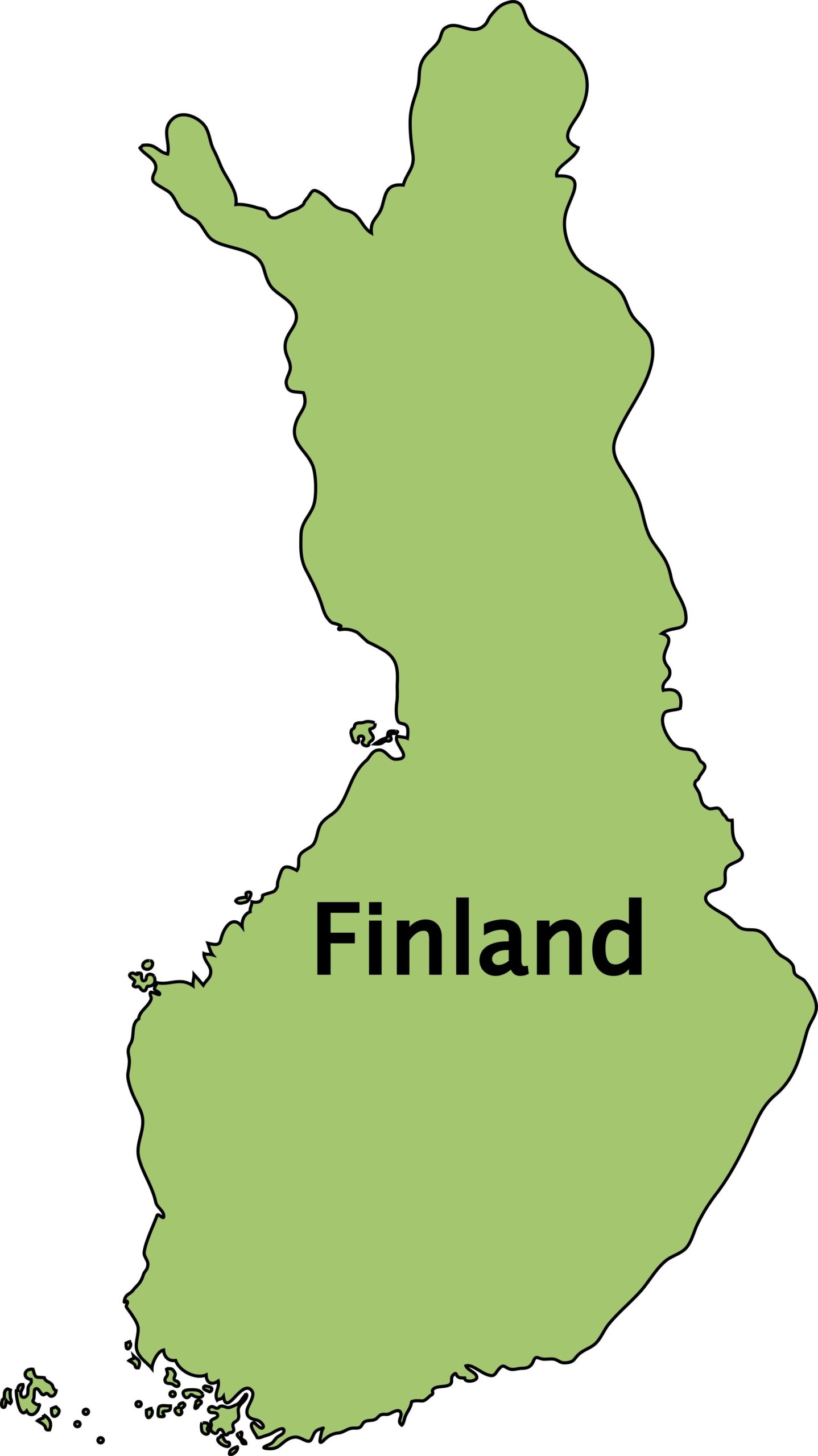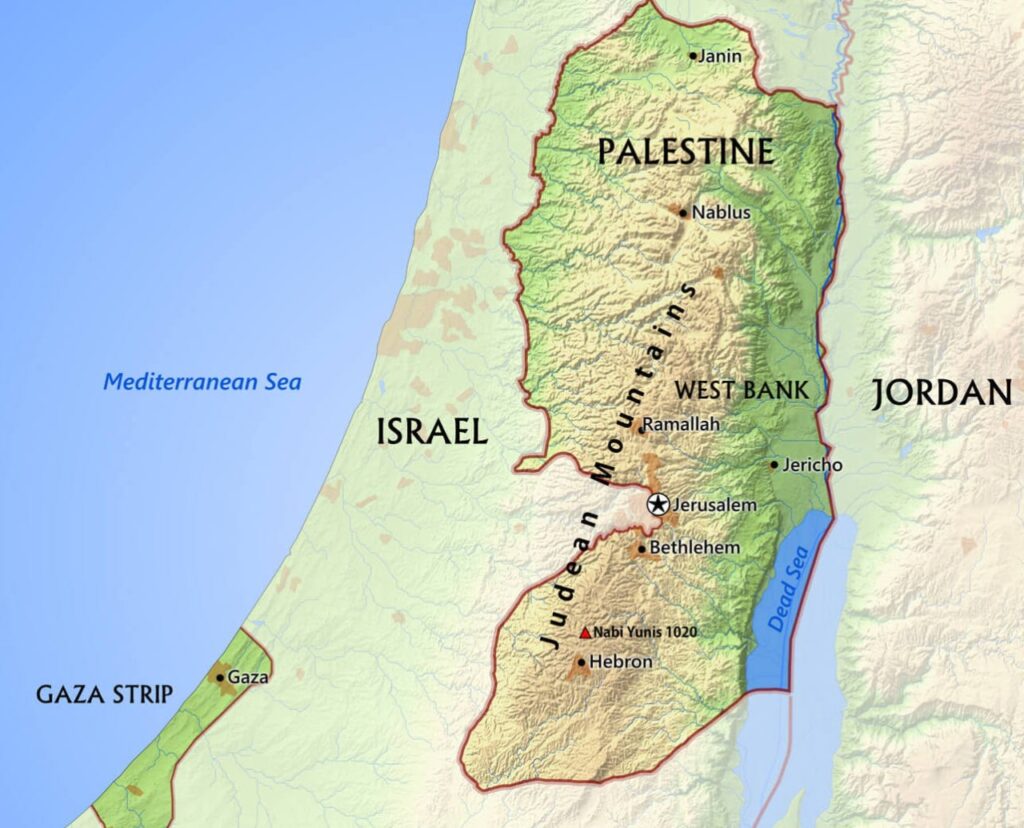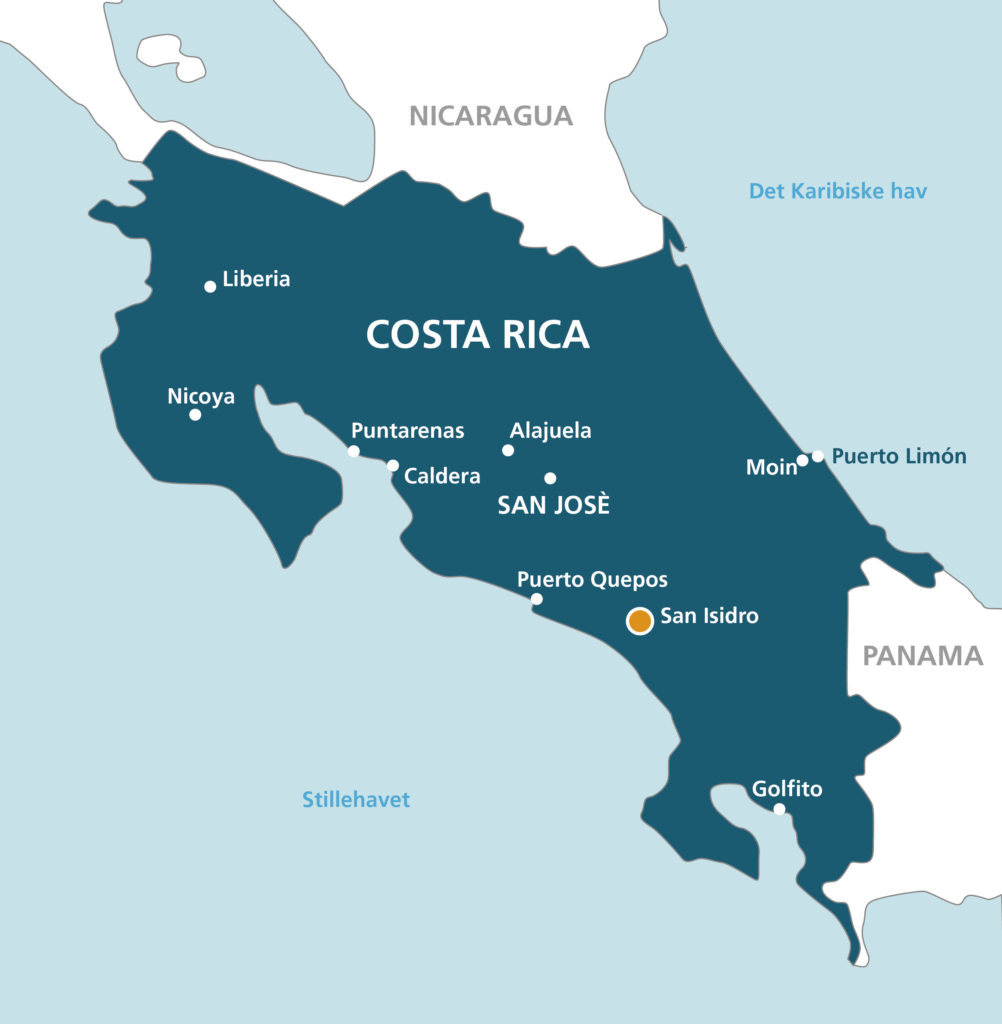Introduction to Finland
Finland, officially known as the Republic of Finland, is renowned for its picturesque landscapes, from vast forests and pristine lakes to the stunning Northern Lights. The country has a rich cultural history and is known for its strong educational system, technological advancements, and high quality of life.
Geographic Overview
Location and Boundaries
Finland is situated in Northern Europe and is part of the Nordic region. It is bordered by Sweden to the west, Norway to the north, Russia to the east, and the Baltic Sea to the south. The Gulf of Bothnia lies between Finland and Sweden, while the Gulf of Finland separates it from Estonia.
Topography and Climate
Topography
Finland’s topography is characterized by thousands of lakes, vast forests, and gently rolling hills. The country is often referred to as the “land of a thousand lakes,” with nearly 188,000 lakes dotting its landscape. The terrain is relatively flat, with the highest point being Halti, which stands at 1,324 meters (4,344 feet) above sea level.
Climate
Finland has a diverse climate, ranging from humid continental in the southern parts to subarctic in the north. Winters are long and cold, particularly in the northern region, where temperatures can drop below -30°C (-22°F). Summers are relatively short and mild, with temperatures averaging around 20°C (68°F).
Key Geographic Features
- Archipelago Sea: Located in the Baltic Sea, it is one of the world’s largest archipelagos by the number of islands, with around 50,000 islands.
- Lapland: The northernmost region of Finland, known for its vast wilderness, reindeer herding, and as the home of Santa Claus.
- Lake Saimaa: The largest lake in Finland and the fourth largest natural freshwater lake in Europe.
Historical Context
Ancient History and Early Inhabitants
Finland’s history dates back to the Stone Age, with evidence of human habitation around 9,000 BCE. The early inhabitants were hunter-gatherers who gradually adopted farming and animal husbandry.
Swedish Rule and Influence
From the late 12th century until 1809, Finland was part of the Kingdom of Sweden. This period left a lasting impact on Finnish culture, language, and administration. Many towns, such as Turku, were established during Swedish rule.
Russian Rule and Independence
In 1809, Finland was ceded to Russia and became an autonomous Grand Duchy within the Russian Empire. This period saw significant cultural and economic development. Finland declared its independence from Russia on December 6, 1917, amid the turmoil of the Russian Revolution.
20th Century and Modern History
World War II and the Cold War
Finland’s 20th-century history was marked by its involvement in World War II, including the Winter War and Continuation War against the Soviet Union. Despite the conflicts, Finland maintained its independence and neutrality during the Cold War.
EU Membership and Contemporary Era
Finland joined the European Union in 1995 and has since been an active member. The country is known for its strong welfare state, technological innovation, and commitment to environmental sustainability.
Cultural and Demographic Aspects
Population and Ethnic Groups
Finland has a population of approximately 5.5 million people. The majority are ethnic Finns, with a significant Swedish-speaking minority. There are also smaller communities of Sami people in the northern region of Lapland, as well as recent immigrants from various countries.
Languages and Religion
Official Languages
Finland has two official languages: Finnish and Swedish. Finnish is the primary language spoken by the majority of the population, while Swedish is spoken mainly in the coastal areas and Åland Islands. Sami languages are also recognized and spoken in the northern regions.
Religion
The Evangelical Lutheran Church of Finland is the largest religious denomination, followed by the Orthodox Church of Finland. There is also a growing number of people who identify as non-religious or adhere to other faiths.
Traditions and Cultural Heritage
Cuisine
Finnish cuisine is characterized by its simplicity and use of fresh, local ingredients. Traditional dishes include:
- Karjalanpiirakka: Karelian pasty filled with rice porridge.
- Kalakukko: A fish pie made with rye dough.
- Ruisleipä: Dark rye bread, a staple in Finnish households.
Music and Dance
Finland has a rich musical heritage, ranging from traditional folk music to contemporary genres. The kantele, a traditional Finnish stringed instrument, is central to Finnish folk music. The country is also known for its contributions to classical music, with composers like Jean Sibelius.
Arts and Crafts
Finnish design and craftsmanship are renowned worldwide. Brands like Marimekko and Iittala are famous for their innovative and functional designs. Traditional crafts, such as weaving and woodworking, also play a significant role in Finnish culture.
Political Landscape
Government and Administration
Finland is a parliamentary republic with a multi-party system. The President of Finland is the head of state, while the Prime Minister is the head of government. The Finnish Parliament, or Eduskunta, is a unicameral body responsible for legislative functions.
International Relations
Finland maintains a policy of military non-alignment but actively participates in international organizations such as the United Nations, European Union, and the Nordic Council. The country has a strong commitment to human rights, peacekeeping, and environmental sustainability.
Economy and Infrastructure
Economic Overview
Finland has a highly developed mixed economy, with a strong emphasis on innovation, technology, and education. Key sectors include information technology, manufacturing, forestry, and services.
Challenges and Opportunities
Challenges
Finland faces economic challenges such as an aging population, regional disparities, and dependence on exports. The country also needs to address issues related to climate change and sustainable development.
Opportunities
Finland’s strengths lie in its high-quality education system, robust infrastructure, and innovative technology sector. There are opportunities for growth in renewable energy, digitalization, and biotechnology.
Infrastructure and Development
Finland boasts excellent infrastructure, including a well-developed transportation network, high-quality healthcare system, and advanced telecommunications. Major cities like Helsinki, Espoo, and Tampere are centers of economic and cultural activity.
Maps of Finland
Historical Maps
Historical maps of Finland provide insights into the region’s territorial changes and historical developments. These maps illustrate Finland’s transition from Swedish and Russian rule to an independent nation.
Contemporary Maps
Modern maps of Finland highlight its administrative divisions, major cities, transportation networks, and natural features. These maps are essential for understanding Finland’s geography and infrastructure.
Thematic Maps
Thematic maps focus on specific aspects such as population density, economic activities, climate zones, and cultural landmarks. These maps offer a deeper understanding of the various factors influencing life in Finland.
Key Facts About Finland
- Capital: Helsinki
- Population: Approximately 5.5 million
- Official Languages: Finnish, Swedish
- Major Religions: Lutheranism, Orthodoxy
- Currency: Euro (EUR)
- Time Zone: Eastern European Time (EET), UTC +2
Fun and Interesting Facts
Natural Wonders
Finland is home to the Midnight Sun in the summer, where the sun remains visible for 24 hours in the northern parts of the country. Conversely, the Polar Night occurs in winter, where the sun does not rise for days or even weeks.
Cultural Heritage
The concept of “sisu” is central to Finnish culture, representing resilience, determination, and perseverance. It is often cited as a defining characteristic of the Finnish people.
Technological Innovations
Finland is known for its technological innovations and high-tech industry. The country is the birthplace of Nokia, once the world’s largest mobile phone manufacturer, and continues to be a leader in tech startups and digital innovation.
Sports and Recreation
Ice hockey is one of the most popular sports in Finland, with the national team, known as “Leijonat” (The Lions), enjoying significant success on the international stage. Additionally, Finland is famous for its saunas, with an estimated 2 million saunas in a country of 5.5 million people.
Frequently Asked Questions
What is the significance of Finland’s lakes?
Finland is known as the “land of a thousand lakes,” with nearly 188,000 lakes that play a crucial role in the country’s ecosystem, culture, and recreational activities. The lakes provide opportunities for fishing, boating, and swimming, and are integral to Finland’s natural beauty.
What are some major cities in Finland?
Major cities in Finland include Helsinki (the capital), Espoo, Tampere, Vantaa, Turku, and Oulu. Each city has its unique cultural, historical, and economic significance.
How does Finland rank in terms of education?
Finland is renowned for its high-quality education system, consistently ranking among the top in global education rankings. The country’s focus on equal opportunities, well-trained teachers, and innovative teaching methods contributes to its educational success.
What is the role of the sauna in Finnish culture?
The sauna is an integral part of Finnish culture, serving as a place for relaxation, socializing, and cleansing. Nearly every household has a sauna, and it is common for Finns to enjoy regular sauna sessions as part of their lifestyle.
What are Finland’s main exports?
Finland’s main exports include machinery, electronics, paper and pulp products, chemicals, and metals. The country has a strong industrial base and is known for its innovative technology sector.
How does Finland address environmental sustainability?
Finland is committed to environmental sustainability, with policies aimed at reducing carbon emissions, promoting renewable energy, and conserving natural resources. The country is a leader in green technology and sustainable practices.
What are some traditional Finnish festivals?
Traditional Finnish festivals include Juhannus (Midsummer), Vappu (May Day), and the annual Helsinki Festival. These festivals celebrate Finnish culture, nature, and community with various activities, music, and traditions.
How does Finland’s healthcare system work?
Finland has a universal healthcare system, providing comprehensive health services to all residents. The system is funded through taxes and offers high-quality care, contributing to Finland’s high life expectancy and overall health.
What is the Finnish concept of “sisu”?
“Sisu” is a Finnish concept that embodies resilience, determination, and inner strength. It is often described as the ability to overcome adversity and persevere in the face of challenges.
What are some popular outdoor activities in Finland?
Popular outdoor activities in Finland include hiking, skiing, ice fishing, and berry picking. The country’s vast natural landscapes and changing seasons provide ample opportunities for outdoor recreation and adventure.
Conclusion
Finland is a country of remarkable natural beauty, rich cultural heritage, and innovative achievements. From its vast forests and pristine lakes to its vibrant cities and resilient people, Finland offers a unique and fascinating experience. Understanding the maps and facts of Finland provides valuable insights into its geography, history, culture, and contemporary life, fostering a deeper appreciation of this Nordic nation.
- 10 Biggest Urban Parks In The World - September 30, 2024
- 10 Animals Found In Brazil - September 29, 2024
- The Best Small Towns To Retire In Virginia - September 21, 2024




